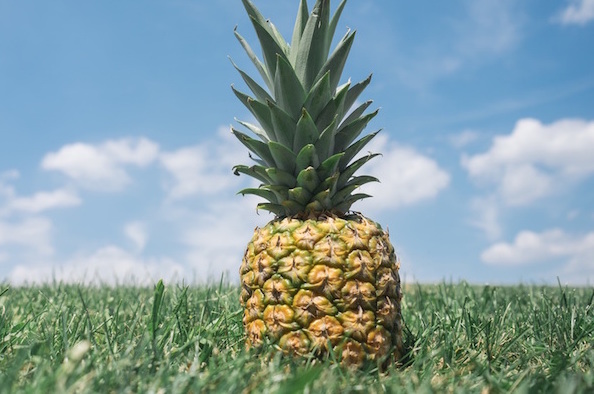Everyone gives in to snack food cravings. What influences when we give into them? Researchers used ecological momentary assessment (EMA) to find this out.
Specifically, researchers the University of Illinois at Chicago wanted to find out about snacking habits in a socioeconomically diverse sample of African American women in the windy city. Each of the women were given smartphones, which would notify them throughout the day to answer questions about what was occurring in the recent past.
These questions included questions about
- How close food was, and how much it cost nearby
- Recent “daily hassles”
- How confident they felt they could resist eating snack food
- Their mood
After two weeks, the study found that how convenient the food was to get played the biggest role in whether or not someone snacked. Further, if someone experienced more daily hassles, they were more likely to snack that day.
However, one’s confidence in whether or not they could resist snack food, and one’s mood was not associated with snack intake.
So, a moral of this study is that the convenience/proximity of unhealthy food plays a significant role in influencing our likelihood to snack. We should be aware of the food near us, and the influence it can have on our snacking habits. And, further, we should try our best to help ourselves out and physically remove ourselves from being close to snack food.
Smartphones and EMA were really helpful for this study because it helped researchers observe people in real time, and recognize the real factors that affect snacking in the day to day.
Reference
Zenk, S. N., Horoi, I., McDonald, A., Corte, C., Riley, B., & Odoms-Young, A. M. (2014). Ecological momentary assessment of environmental and personal factors and snack food intake in African American women. Appetite, 83, 333-341.
